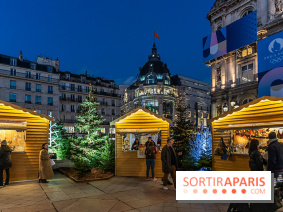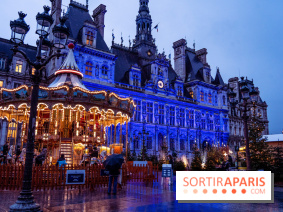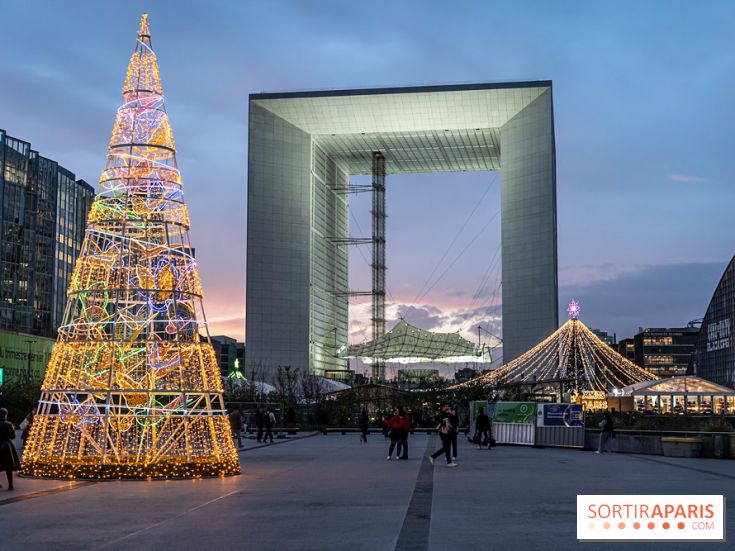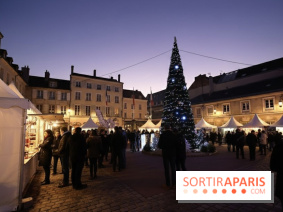Cyanobacteria are micro-organisms naturally found in soil, plants and water. In stagnant water, when temperatures rise and nutrients such as azote and phosphates from fertilizers and human activity are added, they can massively proliferate and deliver harmful toxins.
As a matter of fact, cyanobacteria deliver toxin that can be very dangerous to Men and even deadly in animals, and especially dogs. They can act on the skin, mucous membranes, liver and nervous system and provoke digestive issues such as vomiting, diarrhea, dizziness, fainting and cutaneous infections.
This year, heat goes on and drought too. With less water and less renewing, water bodies in Ile-de-France are more and more vulnerable to cyanobacteria. According to Le Parisien, a team of searchers from the National Museum of Natural History considers that 40% of the 980 water bodies in the region present more or les big quantities of these bacteria. Which could have consequences on water activities but not only.
For your information, in Ile de France the Regional Health Agency (ARS) surveillance only occurs 4 times a season, by sampling and visual watch. And this only on swimming sites, which means only 18 bodies of water out of the 980 in Ile-de-Frace. Testing all water bodies systematically would be too expensive, hydrobiologist and Inra algologist Christophe Laplace-Treyture told Le Parisien.
The most vulnerable water bodies to cyanobacteria in Ile-de-France are:
To observe and apprehend this proliferation phenomenon, the National Museum of Natural History (MNHN) carried out 3 research projects since 2008. In order to limit search and target the water bodies the most likely to get infected, the museum categorized bodies depending on their hydrographic zone, their size, surface and use, without forgetting the density of the population around.
Out of the 5 lakes randomly selected depending on categories, assessments were made every season. Cyanobacteria were found in 49 water bodies out of the 50 assessed, and are dominating in 12 of them. Which means a quarter of water bodies in Île-de-France are said dominated by cyanobacteria, according to doctorate thesis by Arnaud Catherine called “Determinism of the efflorescence and toxicity of cyanobacteria in peri-urban environment (Ile-de-France)” directed by Cécile Bernad and Marc Trousselier.
So far, the lakes of the Ile de Loisirs des Boucles de Seine and the Etangs de Hollande are forbidding swimming and water activities following samples collected by the ARS and widely exceeding the threshols.
If you detect proliferation of green seaweeds, a bit fluorescent, on your bodies of water, foul-smelling, be careful and watch your dogs. Cyanotoxins are held responsible of the deaths of dogs.
As for fishing, the AFFSA (the French Agency for the Food Sanitary Security) – in their report from June 5, 2008 – says gutting fishes before eating them does not seem to be enough to protect one’s health because contamination is proven on the flesh of muscle. Therefore, eating fishes fished out of lakes and water bodies infected by blue seaweeds is advised against. Recreational fishing can go on, on the condition gear is thoroughly cleansed with clean water after use.
Note non-toxic seaweed can also proliferate on lakes and ponds in Île-de-France, only analyses can confirm or not the presence of harmful cyanobacteria.
Recommended age
For all















